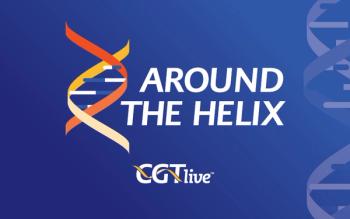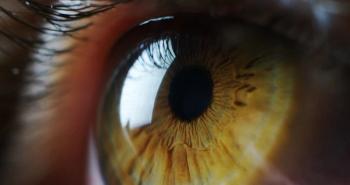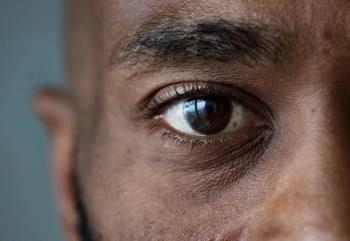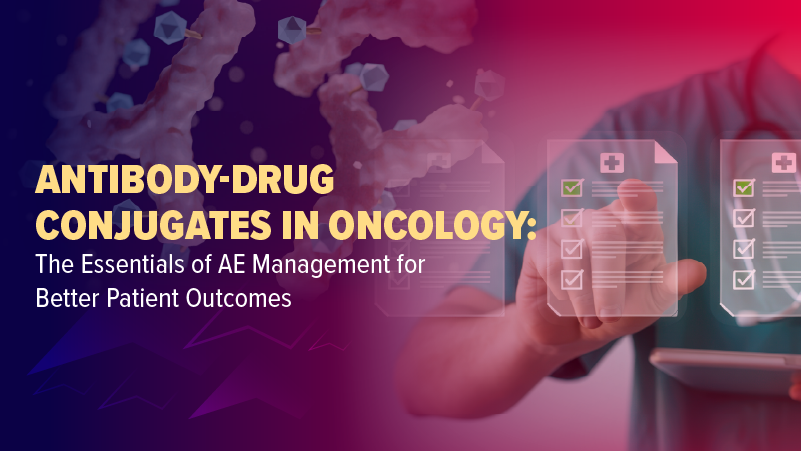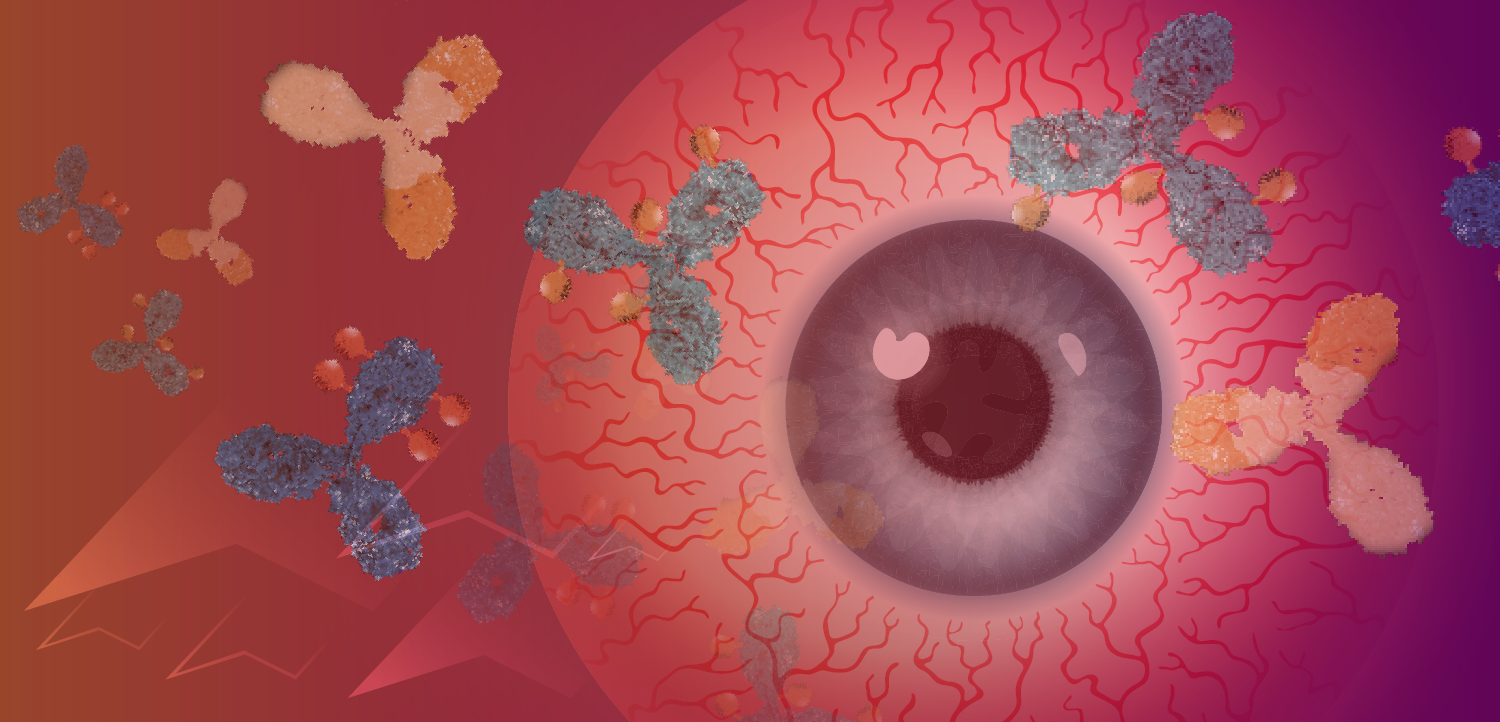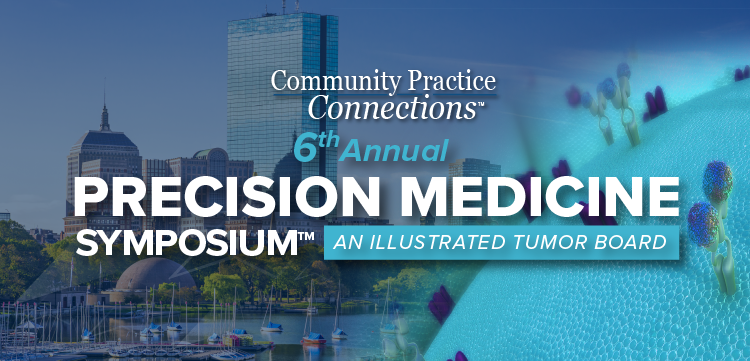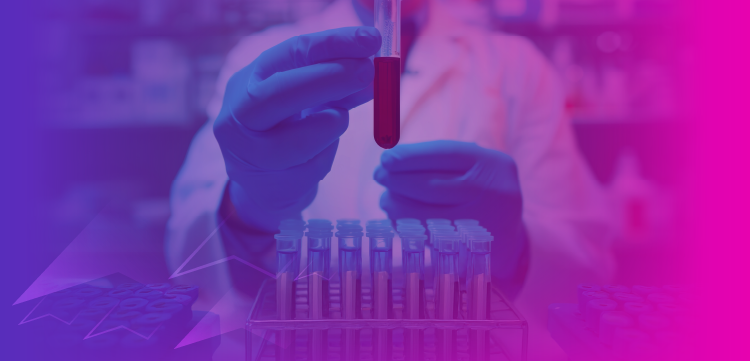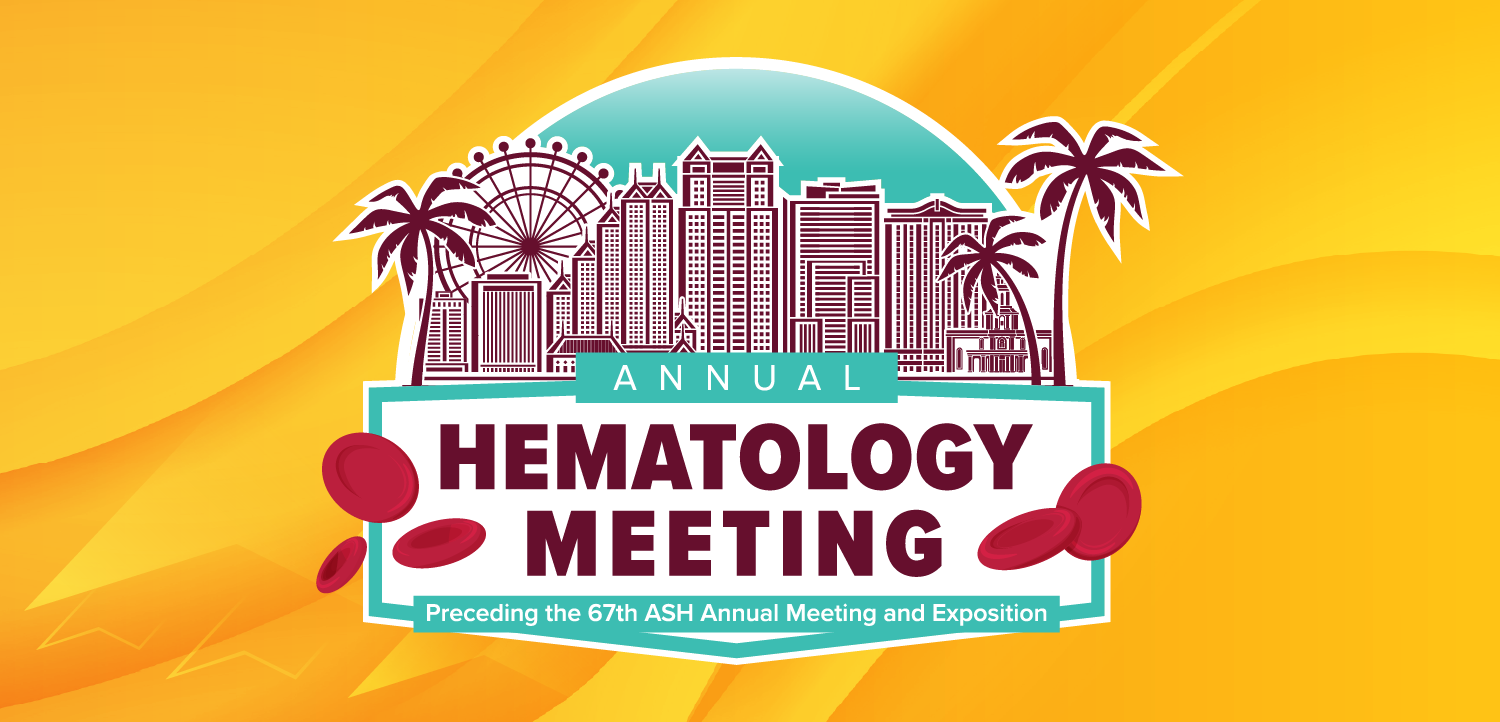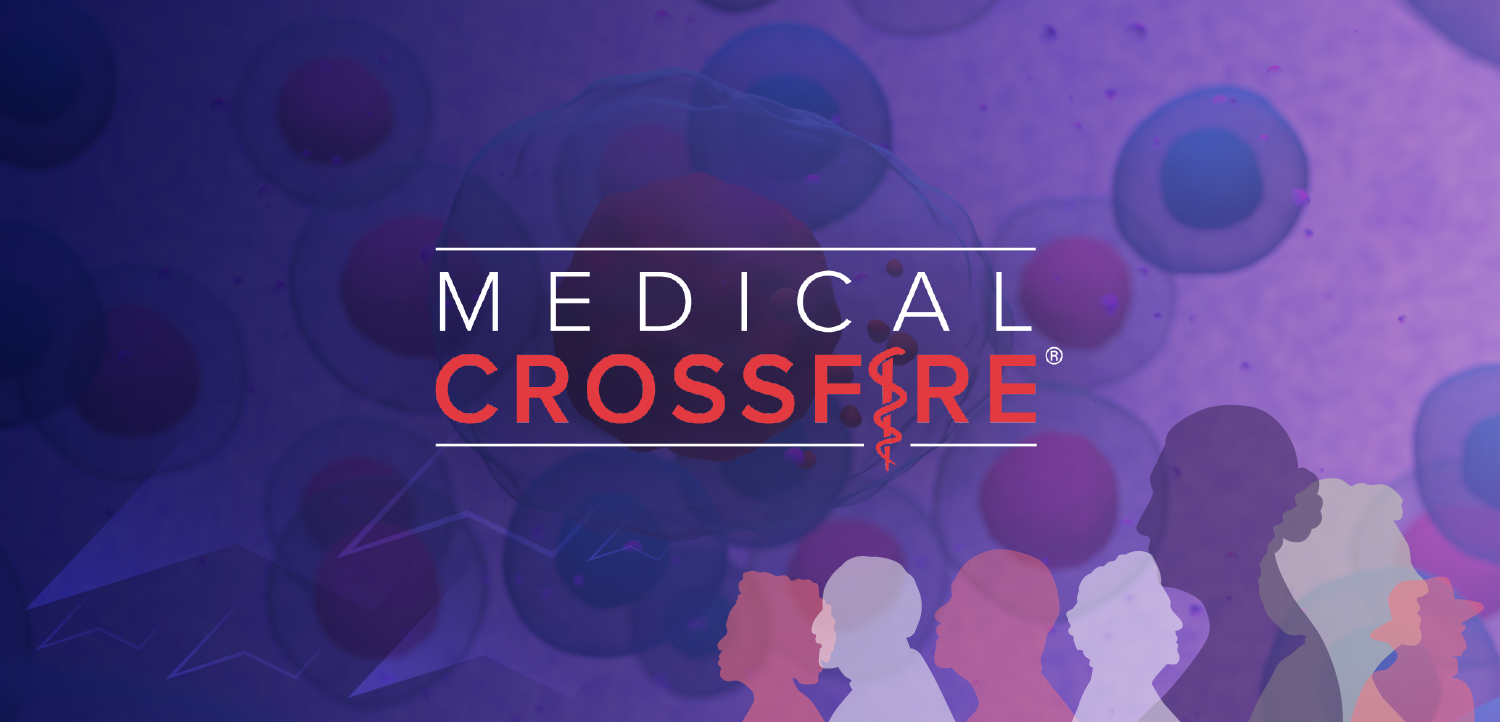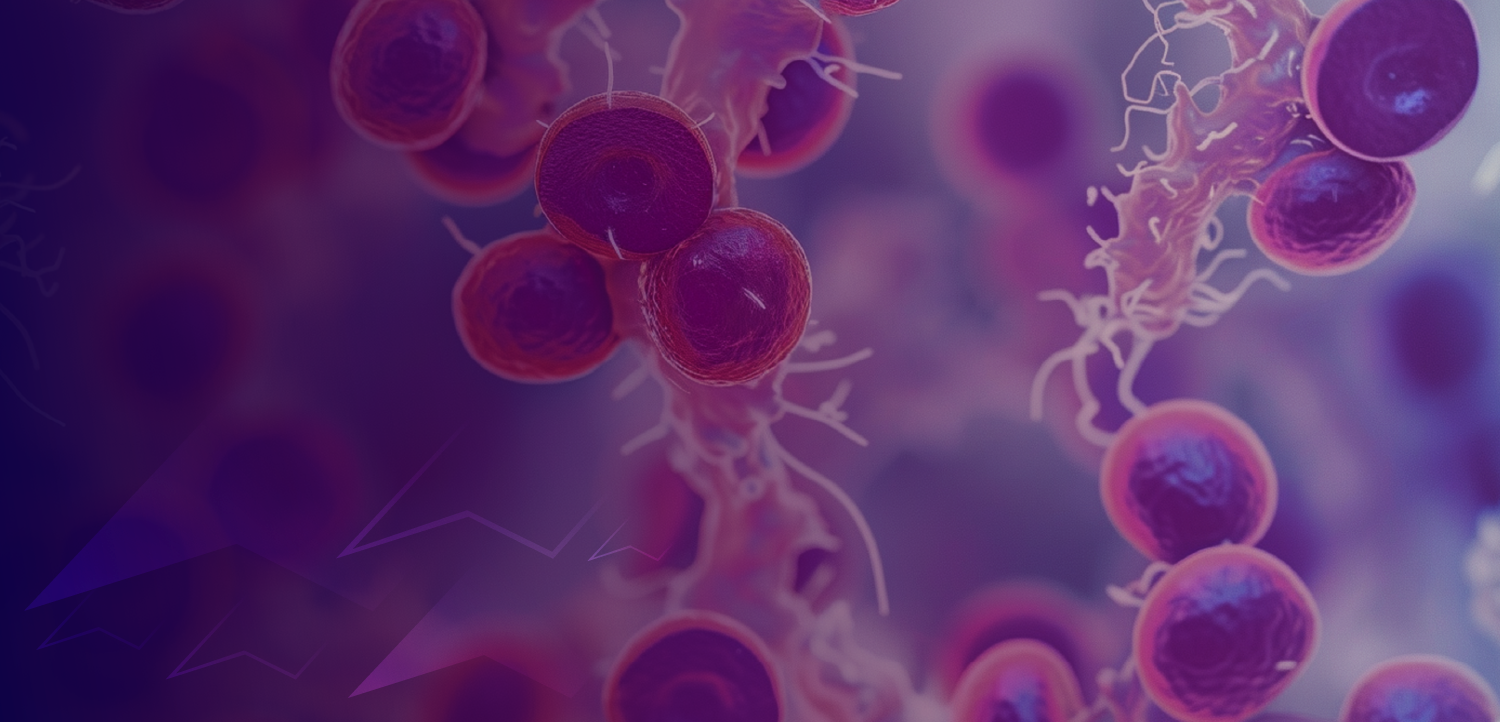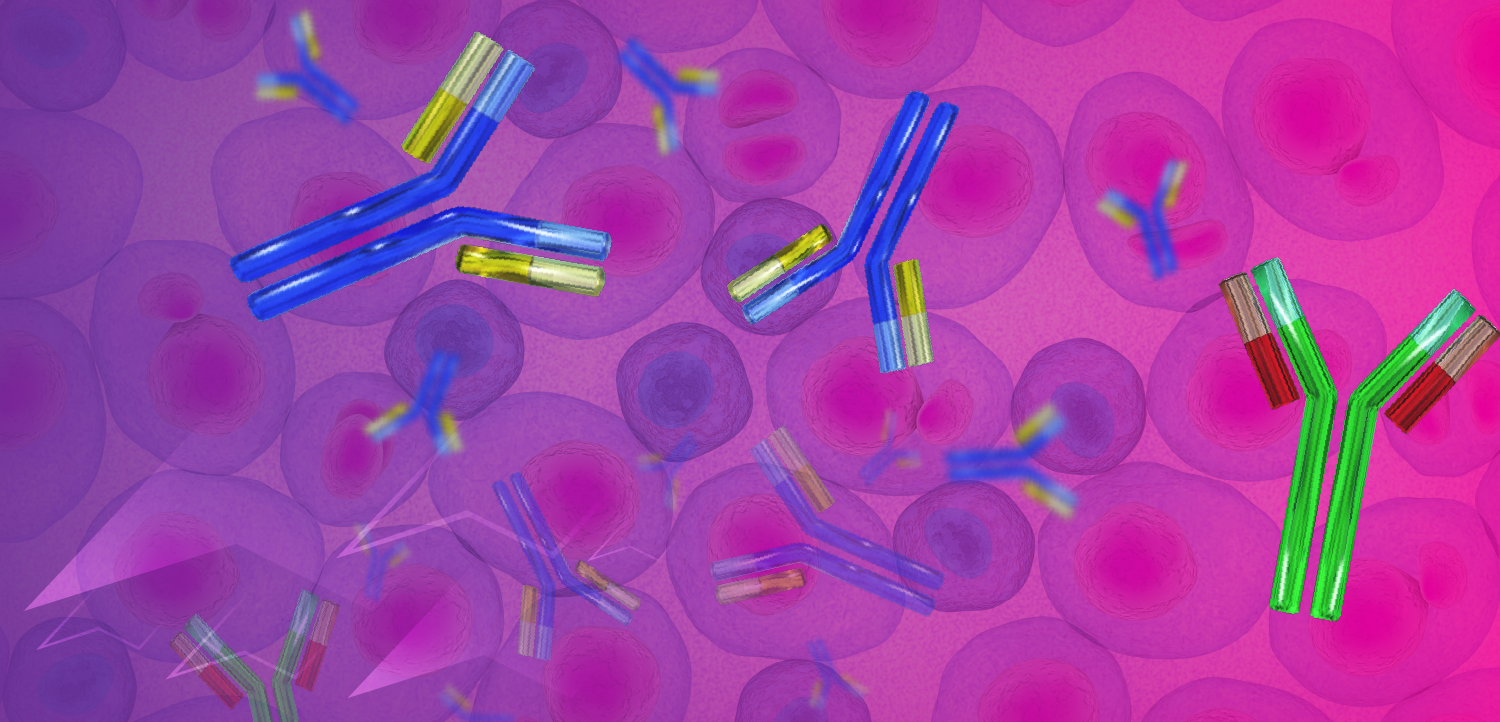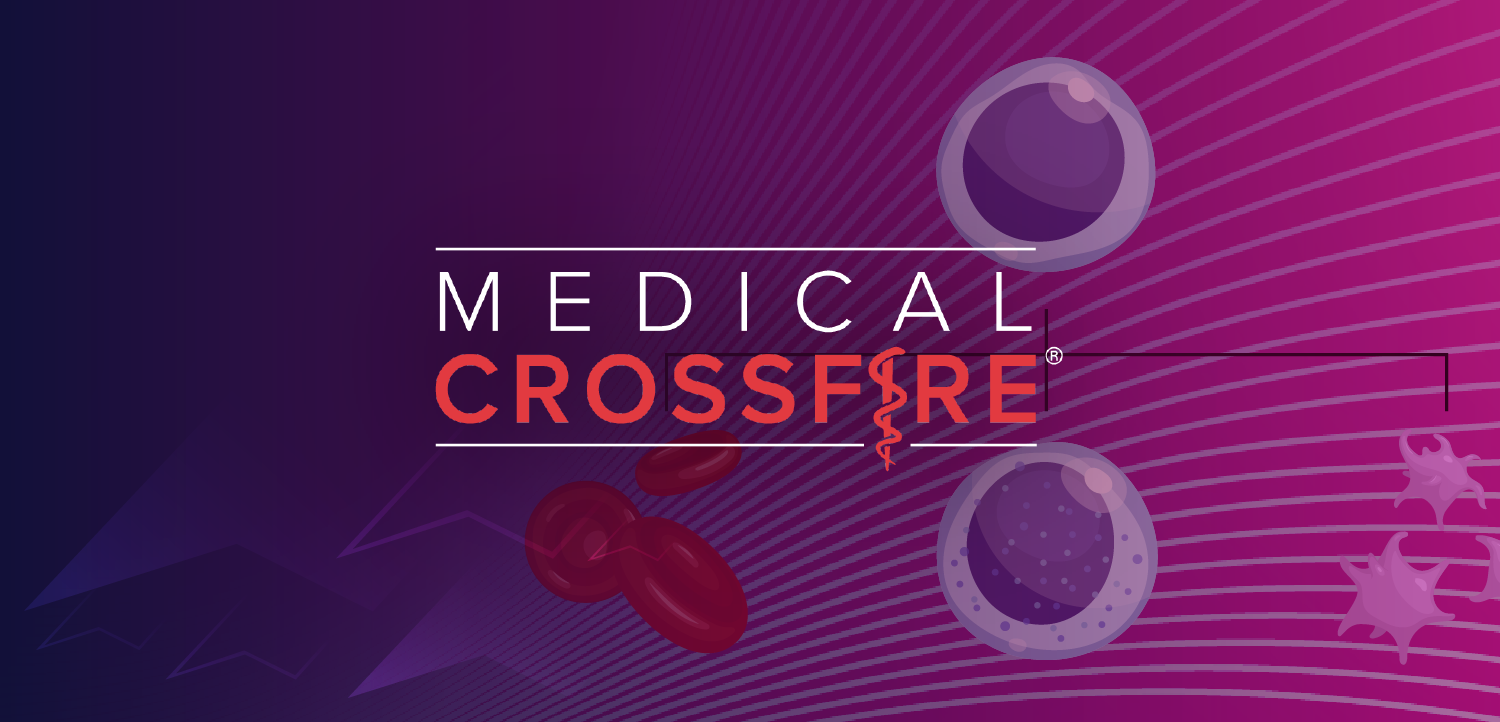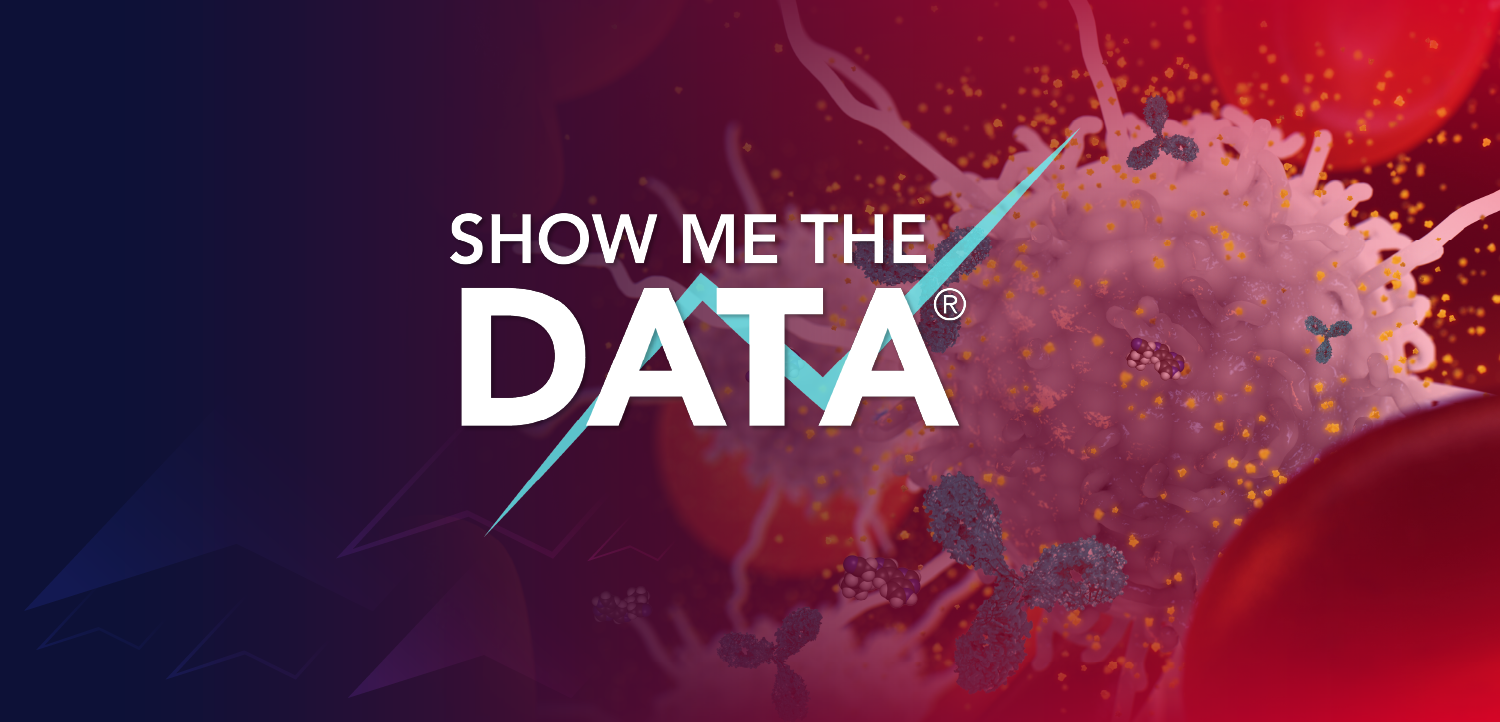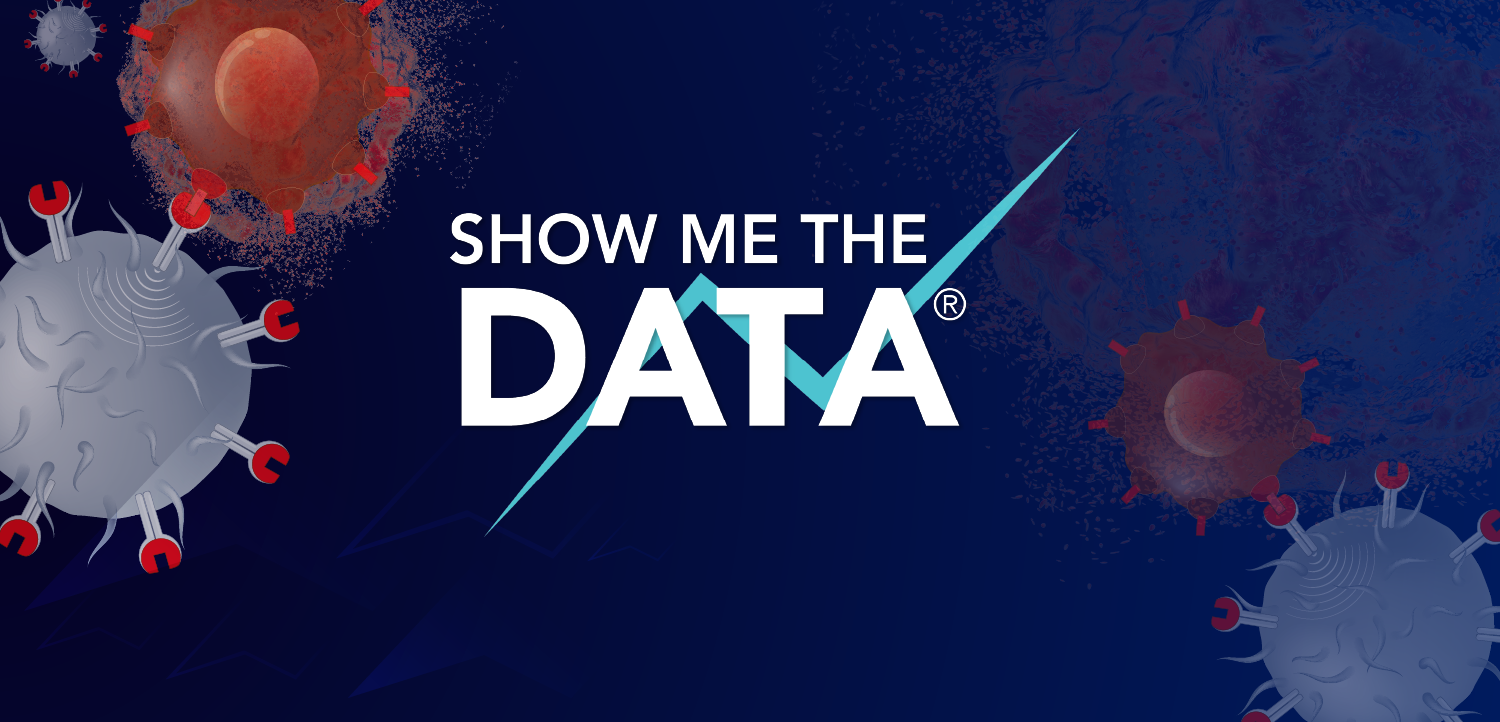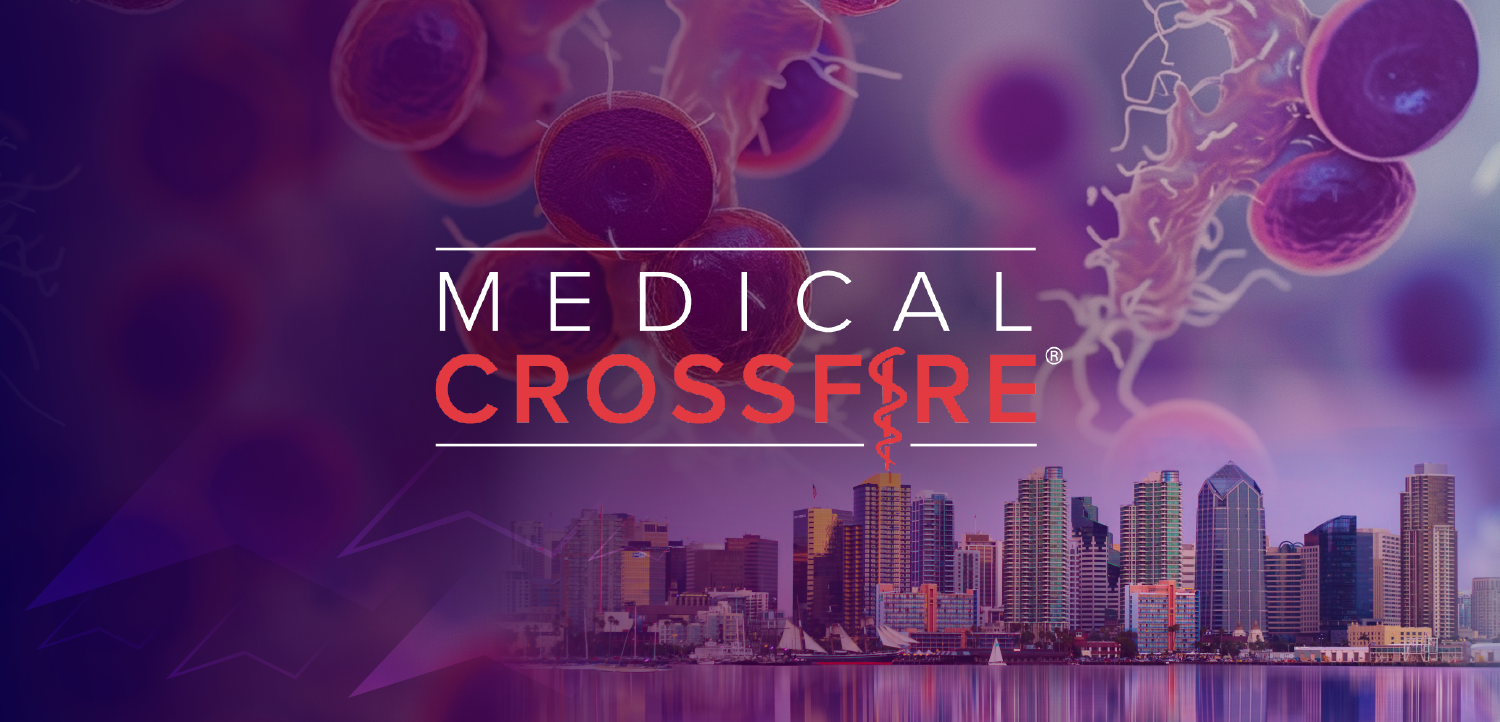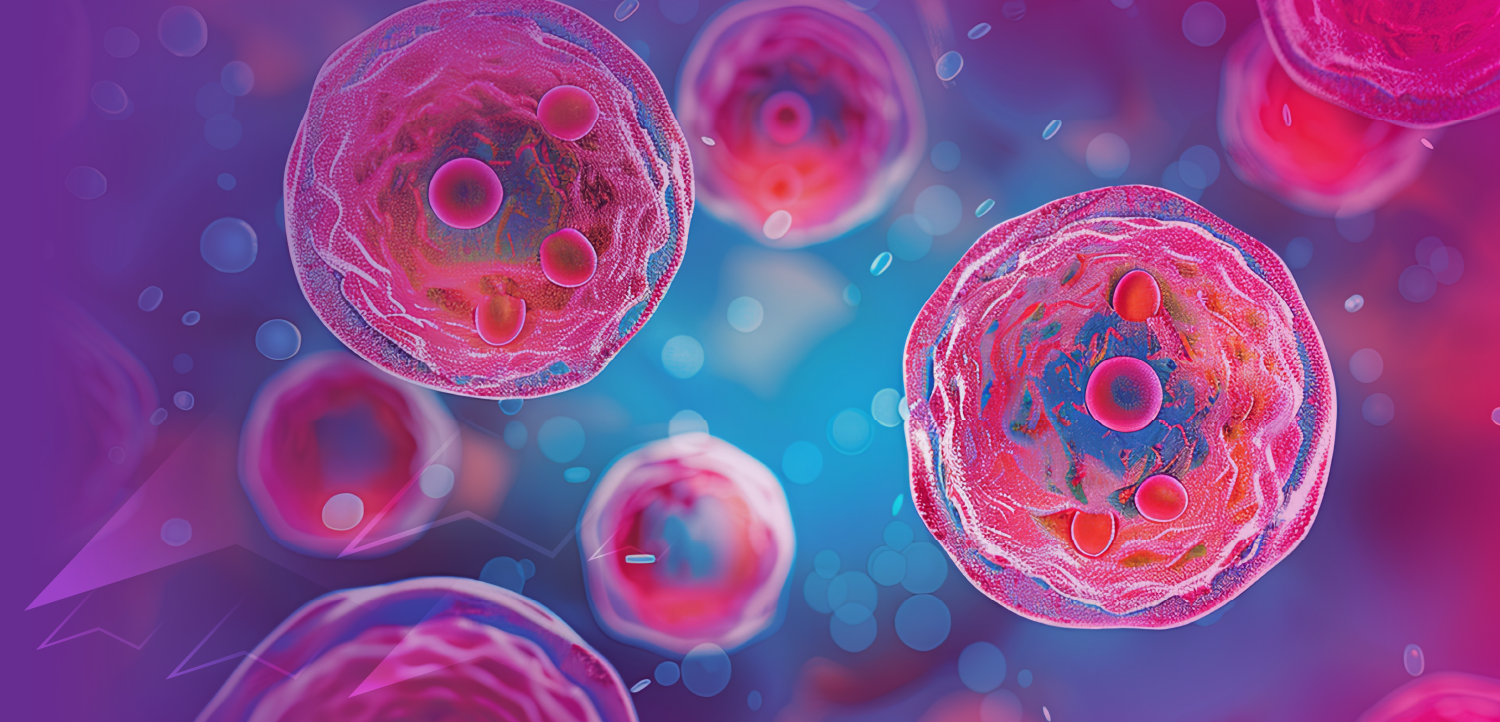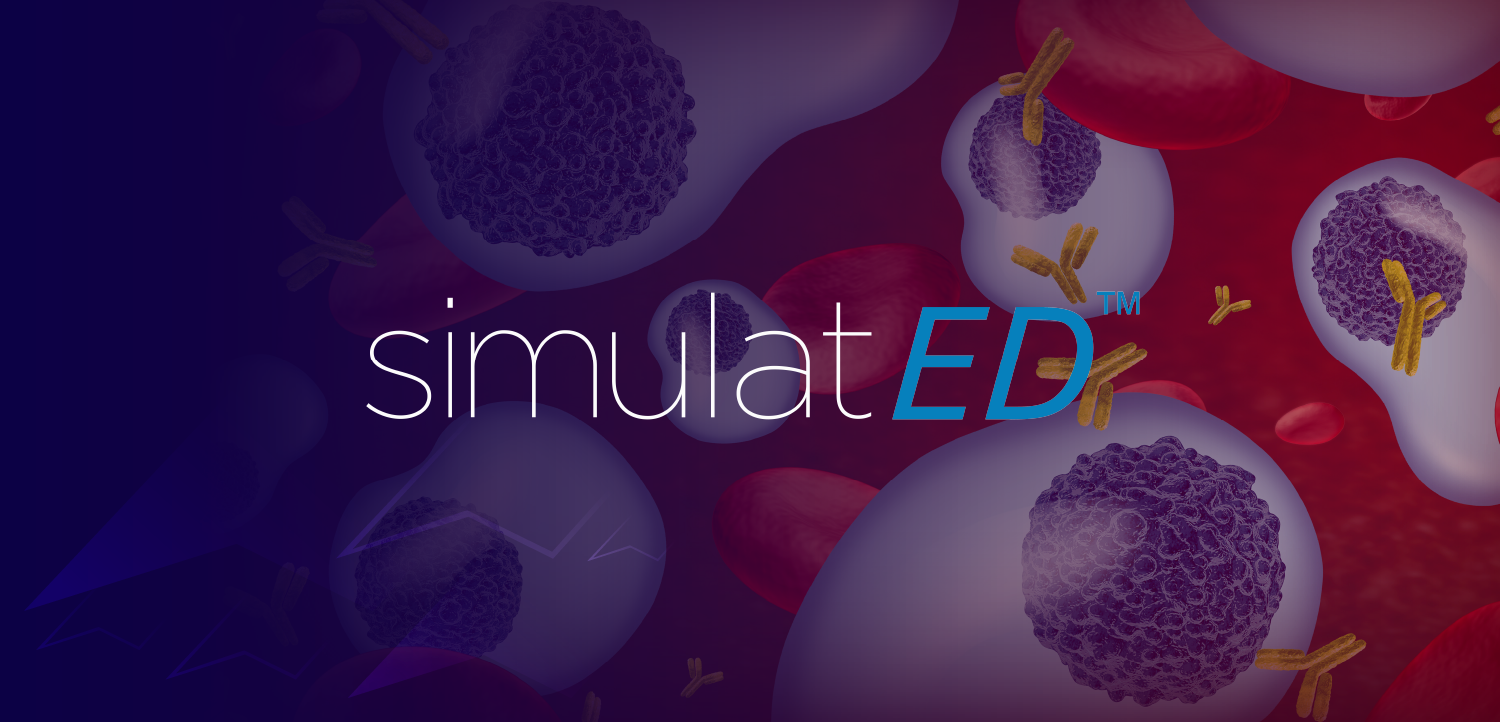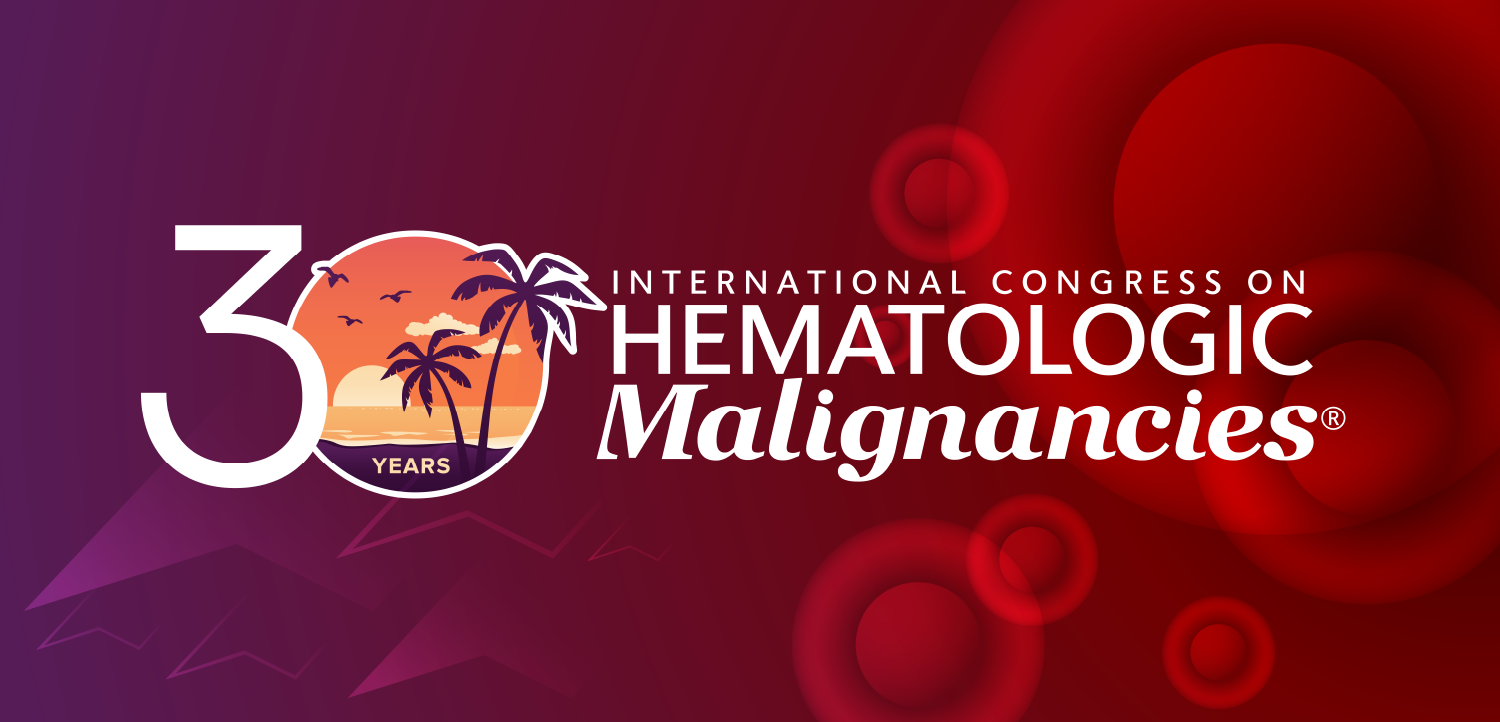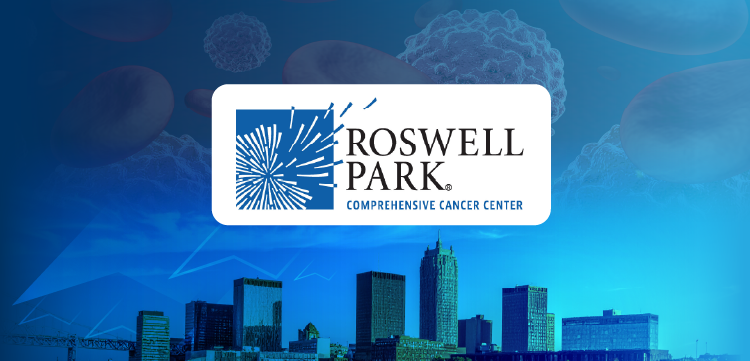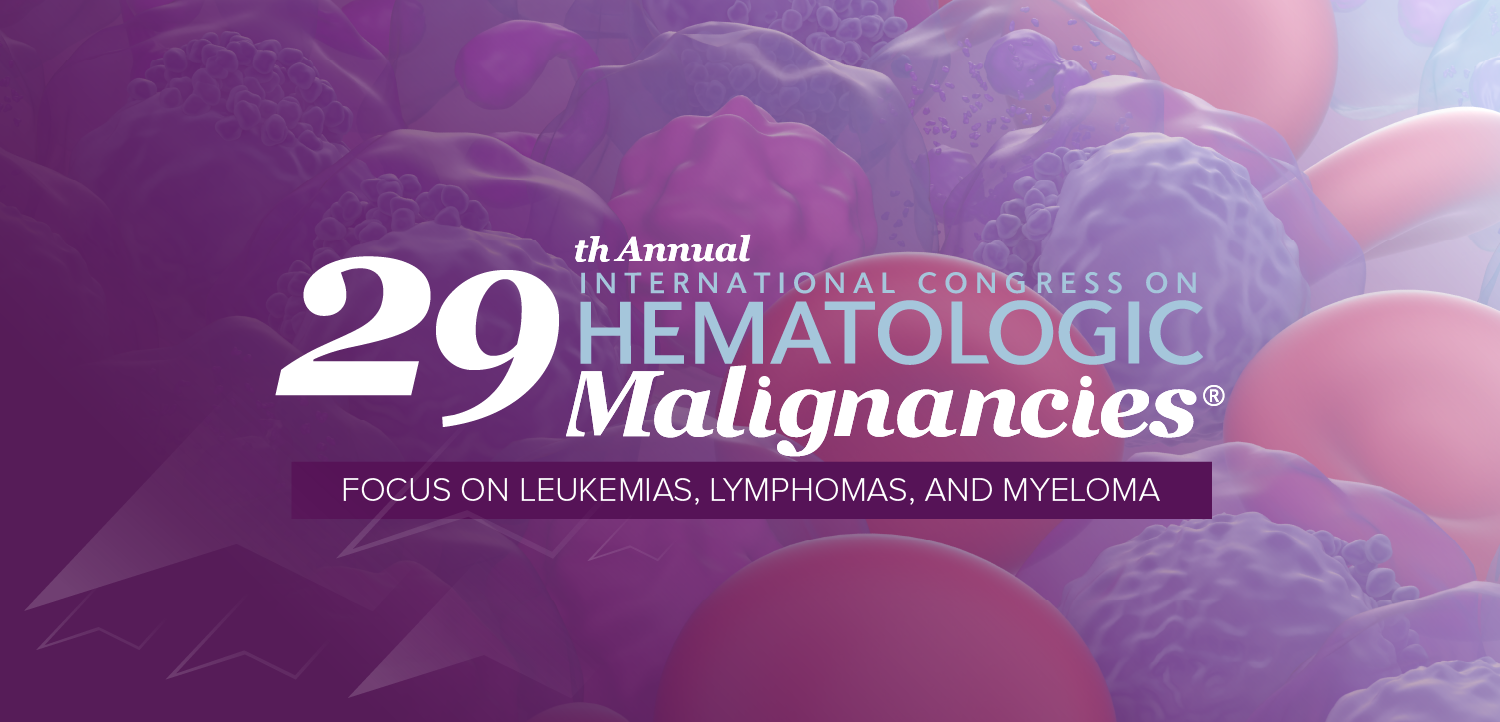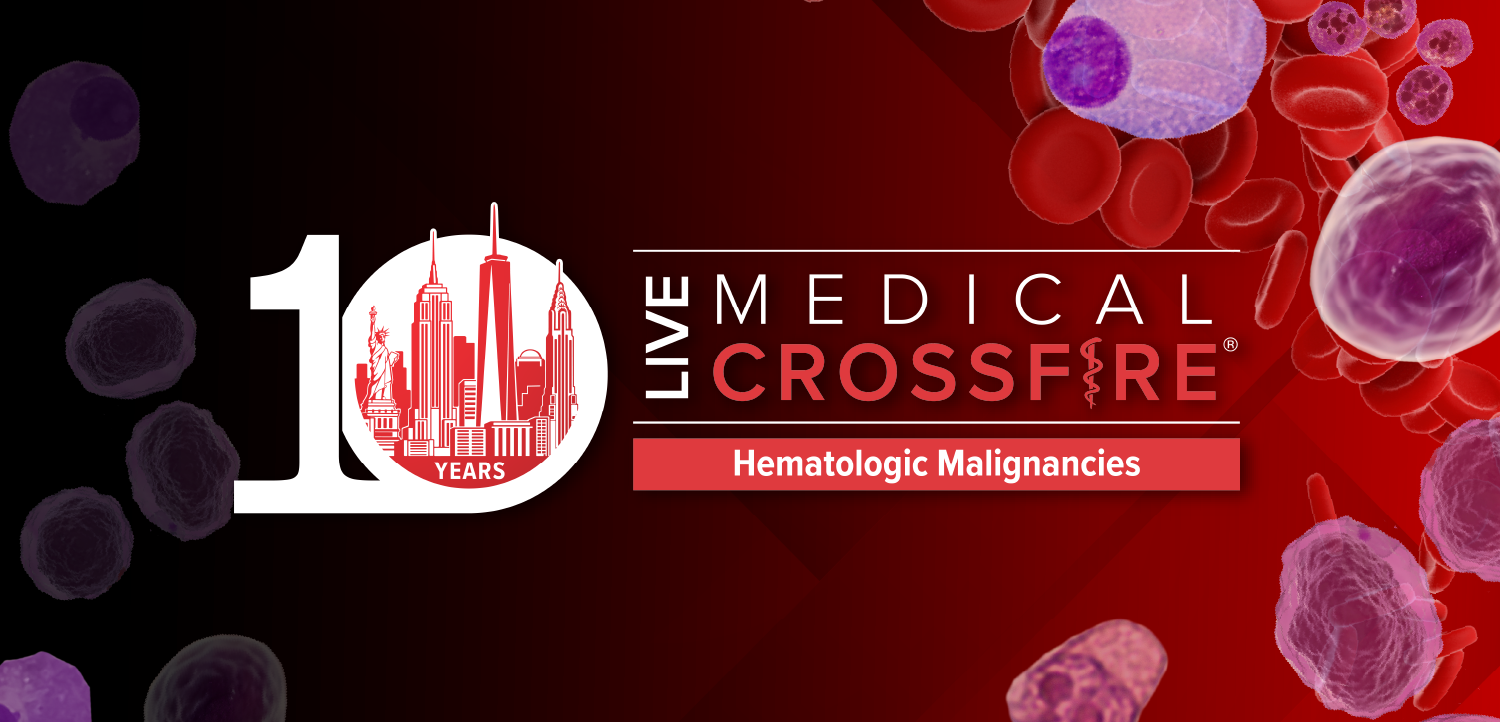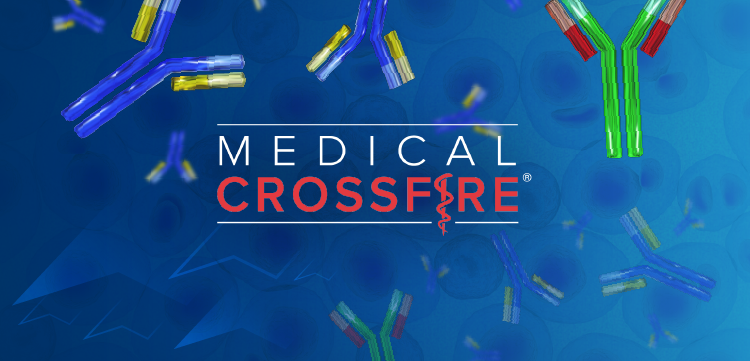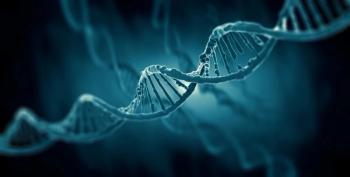
Casey Maguire, PhD, on Potential Advantages of Encapsulated AAVs
The associate professor and associate investigator of neurology at Harvard Medical School discussed research confirming proof-of-concept with EV-AAVs.
“We focused on the capsids inside the lumen and found that we could actually achieve transduction with them. So those are functional. It's been a long question that we actually were able to address. We're really happy about that. [Before now] we didn’t actually know, if we got more of that capsid packaged inside the vesicles, will that make a better gene delivery product? And that evidence suggests that yes, that would be a good strategy.”
Associated adeno-associated virus (AAV) vectors face challenges with safety and delivery of gene therapies. Combining AAV technology with viral-like particles (VLPs) may yield a product more efficacious than VLPs alone and safer than AAVs alone.
Casey Maguire, PhD, associate professor of neurology, Harvard Medical School, and associate investigator, Massachusetts General Hospital, presented research on EV-AAVs from his lab at
CGTLive® spoke with Maguire to learn more about EV-AAVs and research ongoing with them. Maguire discussed his startup company revolving around EV-AAVs, Sphere Gene Therapeutics, and some collaborative research that may point to the best uses of this technology, including showing benefits in liver-targeted therapies compared to traditional AAVs. He also discussed looking deeper into intraluminal AAV packing with the EV-AAVs and confirming the efficacy of the encapsulated AAVs.
REFERENCE
Cheng M, de la Cruz D, Ng C, et al. New Biological Insights into Extracellular Vesicle Associated AAV Help Improve Vector Yield and Provides Rational for Intraluminal AAV Packing. Presented at: ASGCT 27th Annual Meeting, May 7-10; Baltimore, Maryland. Abstract 221.
Newsletter
Stay at the forefront of cutting-edge science with CGT—your direct line to expert insights, breakthrough data, and real-time coverage of the latest advancements in cell and gene therapy.


